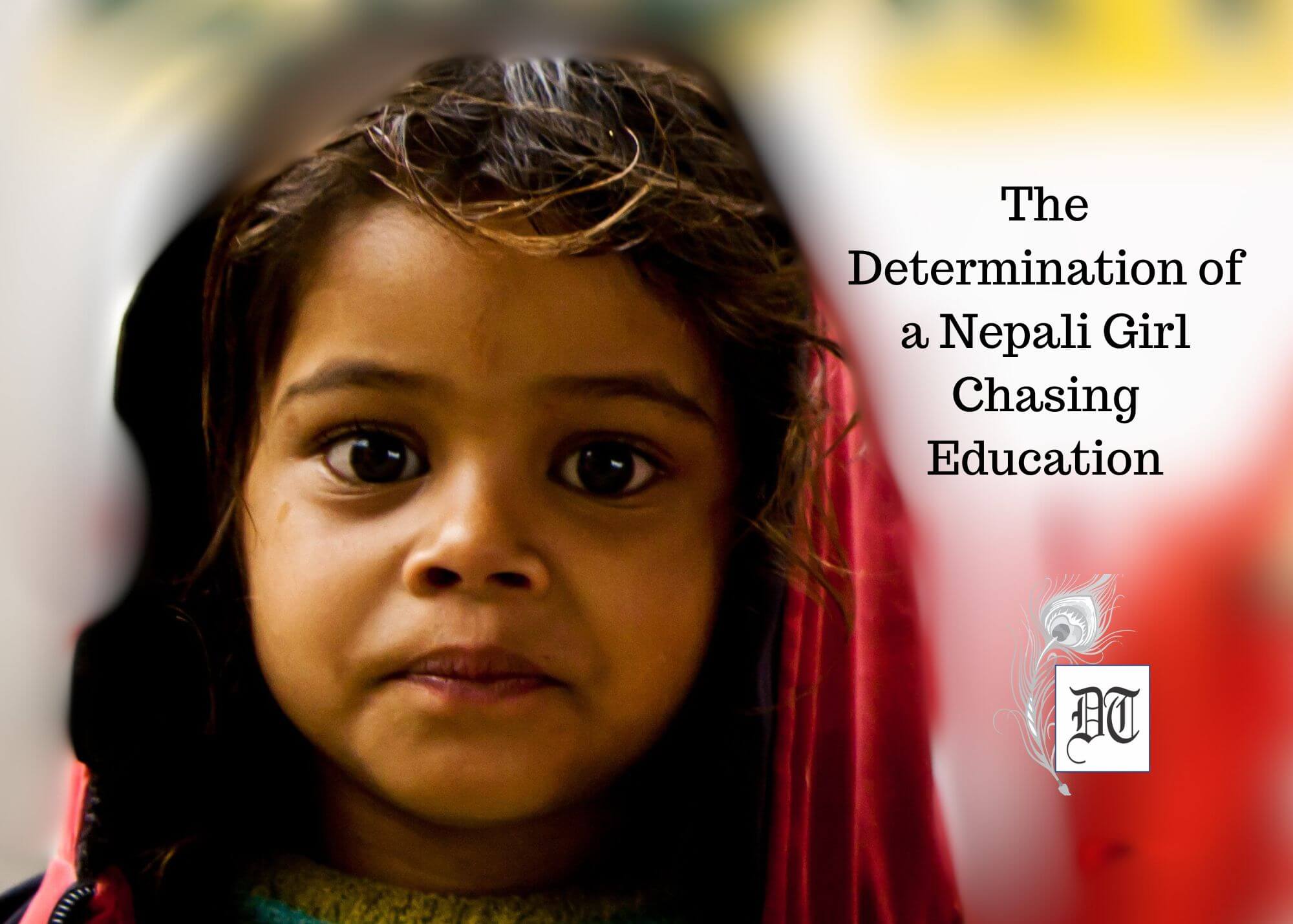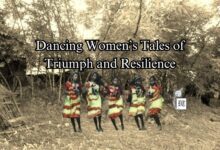Kanchan delves into the challenges and triumphs of girls’ education in Nepal, emphasising the significance of education for a brighter future, exclusively for Different Truths.
Amidst the backdrop of the Himalayan peaks lies a story of resilience and transformation – the story of girls’ education in Nepal. It’s a narrative that weaves through the bustling streets of Kathmandu and the quiet, winding paths of rural villages, painting a picture of both struggle and progress.
From Mountains to Classrooms: Nepal, with its diverse terrain and cultures, has long faced unique challenges in educating its children, especially girls. In remote areas, schools are often distant dreams, separated by treacherous paths. Yet, the landscape is changing. The once common sight of young girls confined to household chores is gradually giving way to a new normal – girls heading to school.
The Numbers Speak: Recent years have seen a commendable rise in female literacy rates among young women aged 15-24. Primary education enrollment rates are now nearly equal for boys and girls. However, this is just one side of the story. As we delve deeper, the cracks appear – higher dropout rates for girls, especially in secondary education, point to persistent gender disparities.
Echoes of Challenges: The road to education for Nepali girls is still rugged. In the terraced fields of rural Nepal, many families continue to choose sons’ education over daughters’, burdened by poverty and held back by longstanding cultural norms. Early marriages, a practice still prevalent in many communities, further truncate girls’ educational journeys.
In schools, the lack of basic facilities like toilets and sanitary provisions is not just a matter of discomfort but a significant deterrent. “When I was in school, there were no separate toilets for girls. Many of my friends stopped coming,” shares Sunita, a 19-year-old college student from a small village in the Terai region.
Government and Global Hands: Recognising these challenges, the Nepalese government, backed by international organisations like UNICEF and Plan International, has been striving to make education more accessible and appealing for girls. Scholarships, free textbooks, and stipends are part of this concerted effort.
These initiatives are complemented by grassroots movements and community awareness programs, slowly yet steadily altering the societal view of girls’ education. In some villages, mothers’ groups have become vocal advocates for their daughters’ education, challenging the status quo.
Beyond Literacy: Empowerment: The impact of educating girls extends far beyond literacy. Educated women are key to breaking the cycle of poverty, contributing to better health, reduced fertility rates, and overall community development. Aarati, a nurse who received a scholarship to complete her education, is a living testament to this change. “I am not just a nurse; I am a source of hope for my village,” she says with pride.
Voices of Change: The true essence of this transformation lies in the stories of girls like Pooja, a 12-year-old who travels two hours each day to reach her school. “I want to be a teacher,” she says with a sparkle in her eyes. Her journey is tough, but her resolve is tougher.
In urban centers, young girls like Sarita are benefiting from improved educational resources and opportunities. “I dream of being an engineer,” she says confidently, reflecting a changing Nepal where girls dare to dream big.
A Road Ahead: The path is still strewn with challenges, but the strides made thus far offer a beacon of hope. The Nepalese government, along with various NGOs, continues to work towards creating a more inclusive and equitable educational landscape.
Conclusion: The journey of girls’ education in Nepal is a narrative of courage and change. It’s about bridging dreams and realities, one girl at a time. As Nepal strides forward, each educated girl becomes a testament to a nation’s resilience and a harbinger of a more equal and empowered future.
Picture design by Anumita Roy





 By
By
 By
By
 By
By